The big size and delicious taste of northern pikes attract many anglers. Do not hesitate to gear up and go get the fish if you are among them.
Yet, how to hunt for these prey? What is the best time in the year that gives you the most exciting experience? Without any preparation, you won’t pull it off.
Today, we will share some northern pike fishing tips. Let’s check them out and apply them to your next angling trip!
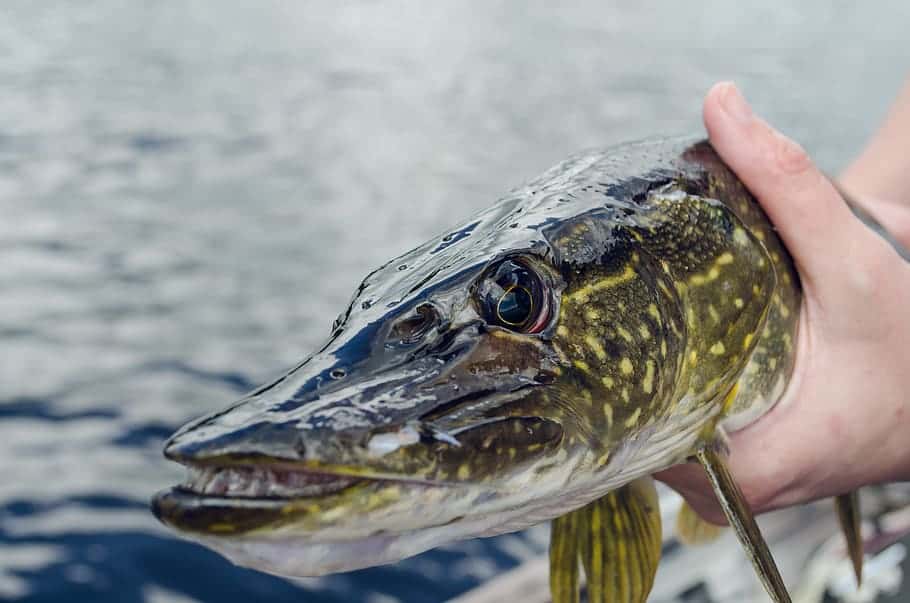
Northern Pike Fishing Tips
The northern pike is a freshwater species. It’s a stubborn fighter that draws in many anglers because of the difficulty it brings.
If you accept this challenge, follow our guide and learn how to overcome it.
Gear up
Start by deciding which tools to use for your trip. Do not miss any of these pieces if you want to succeed in the first effort.
- Rod
Although pikes are famous for their enormous size, you can catch fish only weighing from three to seven pounds.
As a result, you’d better use a standard bass fishing technique when casting for this species. Using a baitcasting and spinning reel with a 7-foot rod will suffice.
A notch may also be beneficial for your trip. You can choose a medium-heavy rod if your goal is to catch big fish.
- Reel
Picking the right reel will significantly increase your chances of catching a pike.
Drag gear of at least 15 pounds can assist you in landing any fish that crosses your path.
Some people use a drag of 25 pounds or more for the reel. You can use extra drag for bigger lures and bigger fish. Yet, the pressure will increase on the line.
By utilizing line counters, you may better grasp how far back you’re fishing, allowing you to turn it into a technique rather than relying on coincidence.
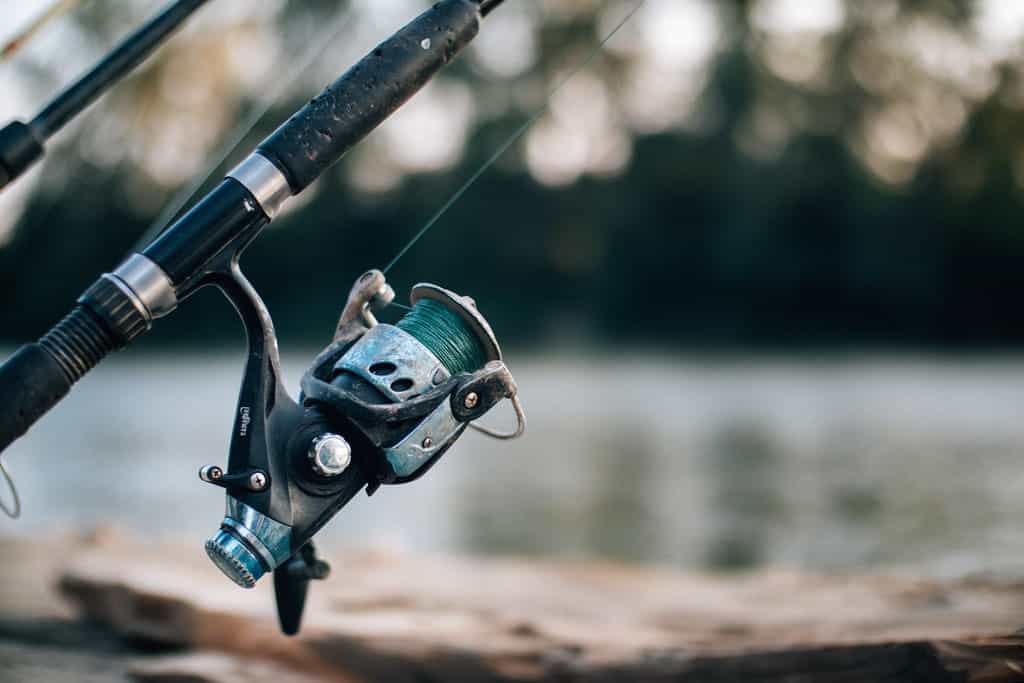
- Line
One of the challenges when fishing for these fish is their razor-sharp teeth.
They can even break the toughest line. Hence, it’s critical to set up your line around the rod and reel you’ll be using.
We recommend using a 15 to 20-pound braided line with a reel with a limit drag of at least 15 pounds.
To reduce the risk of the fish biting their line, some fishermen insert wire bites at the end of the line. Yet, this method may affect the movement of the lure.
- Net
Once you prepare good gear, fishing for the prey is not a tricky task. Unfortunately, the net is too tiny to cover all the caught fish. What can you do?
You’d better use a 20-inch to 36-inch net for northern pikes. The net size also depends on how much space you store it and if you aim to catch big prey.
The bigger, the better. If the size doesn’t matter to you, go for the larger net to accommodate all your prey.
- Plier
Releasing a pike’s hook is a skill. You can remove the hook easier with a needle-nose plier, a lip gripper, and a jaw spreader.
While doing your job, pay attention to your prey’s serrated gills and sharp teeth. They may act like knives and hurt you.
Choose a lure
There are three options for lures that may easily attract your prey:
- Spoons
Spoons are among the most popular choices for this species. Allow the spoon to float and flutter when throwing and retrieving.
This tip catches the attention of hungry pikes by imitating a wounded baitfish.
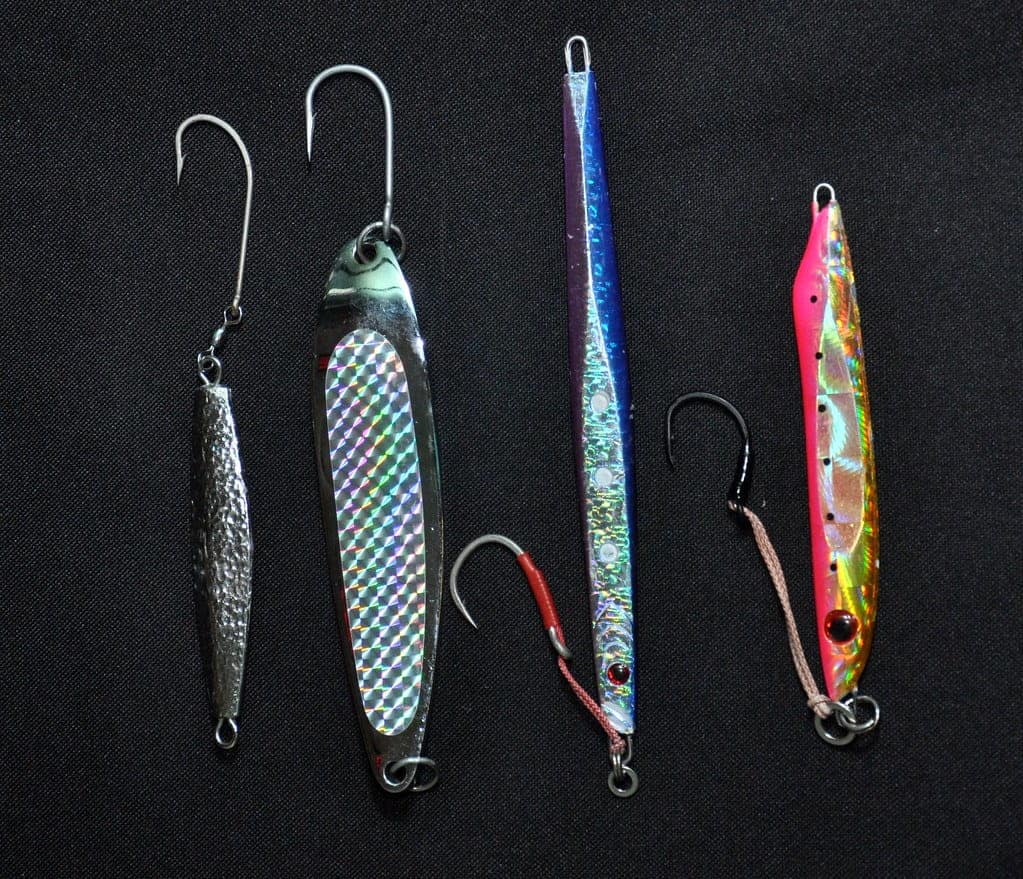
- Swim-baits
Swim-baits are easy to use and effective in catching these creatures, especially when you use soft plastic baits. You can even customize the bait to fit your fishing site.
Stocker fish varying in size from small fry to full-grown adults can be highly productive. Thousands of swim-baits are available in different shapes, sizes, and colors for this purpose.
Some swim-baits resemble other fish in the water. You can aim for their food supply exactly where you’re angling.
This method can help the bait blend in with its living family, raising the chances of that one pike committing a fatal mistake.
- Spinners
The most significant advantage of an inline spinner is its blade. This part can create vibrations while moving, establishing frequencies within the water.
Please note that your targeted prey has a sensitive and responsive lateral line, helping it sense the vibration clearly.
Find a perfect spot.
Explore the water before blind-casting and try to search for specific regions where your prey is waiting. Depth maps, aerial maps, and fish detectors are great sources for water scouting.
Some good places to consider are covers, inlets, and bays. When you get to these areas, look for marshy areas with many weeds.
Set the hook and fish
Give your rod a firm, upward hook setup when you detect a solid pull.
Don’t be disappointed if you feel the prey has gone away. They enjoy playing with their meal, so they keep grabbing for another strike.
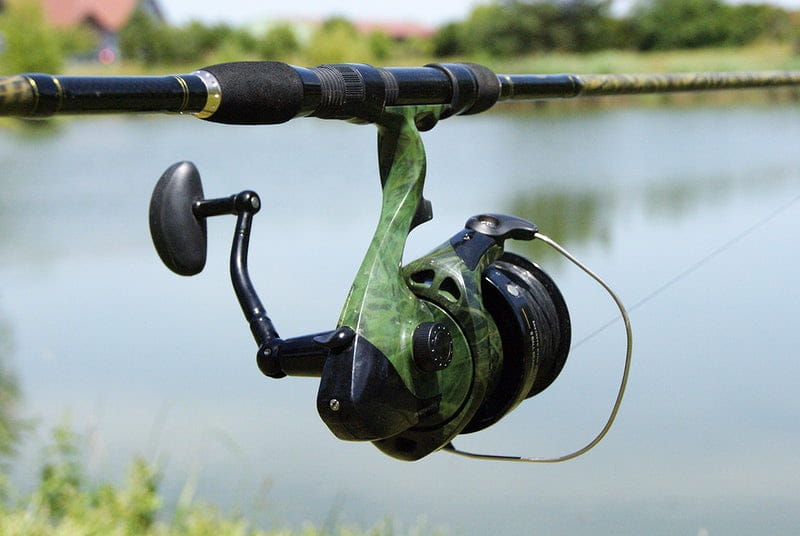
What Is The Best Time To Fish Northern Pike?
The best time to catch pike is during the winter months. The weather conditions are perfect from November to March.
However, you can fish for these pikes at any time. Here are some tips for choosing the right fishing time.
Spring
Because pikes breed in the spring, their behavior differs from other times in the year. They like to breed in shallow water, but the temperature should be ideal.
If you plan to fish in spring, start in the mid-morning and noon. This species moves from deep to shallow water for the sunlight during that time.
Although spring is not the best time, pikes will be hungry after the winter and will bite most lures in front of them.
Summer
The weather gets warmer in the summer; however, northern pikes’ favorite food is small bait fish during this season. Hence, fishing in the summer is a good idea.
The fish will also have finished breeding. Since they don’t eat much while reproducing, they will be hungry then.
The ideal times to hunt for this species are early in the morning and night in the summer. It likes to show up in low-light settings.
Fall
Northern Pike fishing in the fall is terrific. The water starts to chill, which means baitfish move slower, but pikes are still active.
Fall pikes have similar behaviors to summertime. The best time to go angling is from mid-afternoon to late at night.
Winter
Winter is the perfect time for pike fishing. If you go angling in the morning, you will have a big day.
In the winter, the food supply is sparse, and there are much fewer baitfish.
However, because these fish are a cold-water species, they are still very dynamic. Hence, they will eagerly swallow up anything that gets in their way.
When the temperature drops, this species slows down a little. Hence, you might want to switch from fast-retrieved baits to dead ones.
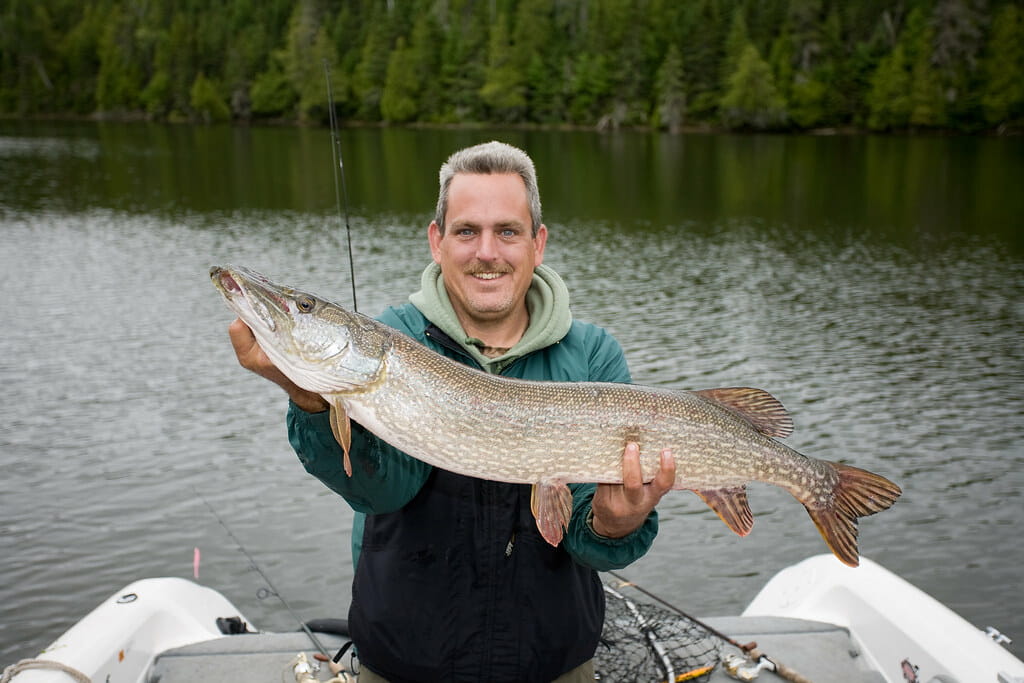
Are Pikes Dangerous?
These creatures can be rather dangerous, as they have a significant bite force. It has enough power to seize live prey and tear their flesh.
Their jaws are so sharp that they can sever our fingers. Hence, in any case, when you remove the hook from their mouths, be careful with these deadly teeth.
However, these animals do not bite humans on purpose because they don’t see us as their prey. If they do, there are often underlying reasons that include potential threats to their life.
Confusion can sometimes trigger bites, especially when these fish mistake a human for their prey, especially in the sea.
Because pikes rarely attack living creatures bigger than them, the primary reason for biting a person is self-defense.
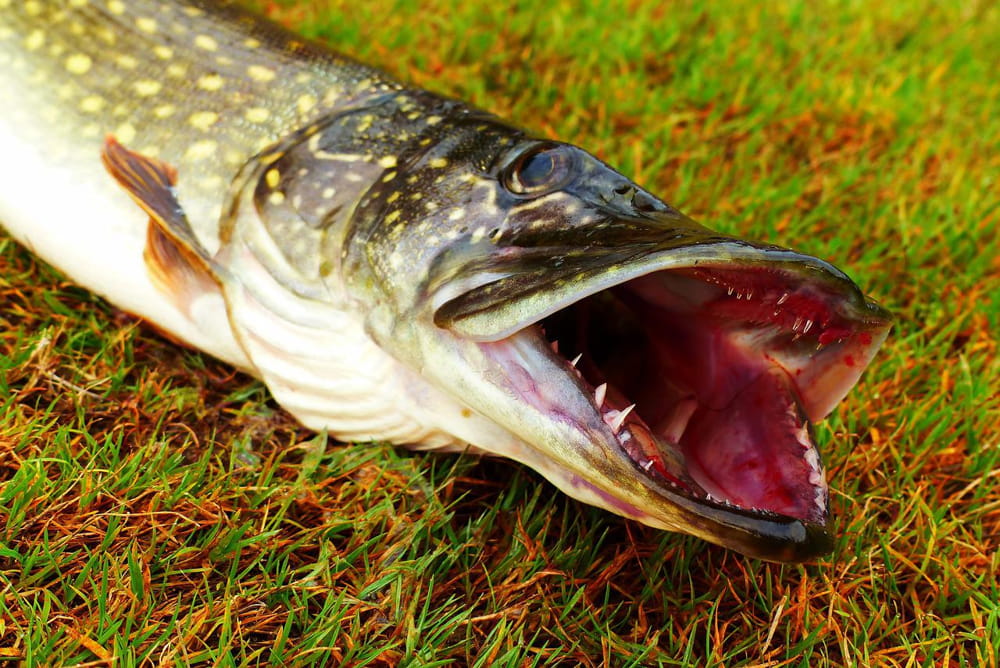
Conclusion
If you have a proper plan, northern pikes won’t defeat you. Remember to check for the weather and choose the best time for the trip.
Hopefully, our tips can help you have a great and fun angling time. If you know any interesting ideas, do not hesitate to share them.
Thank you for reading!